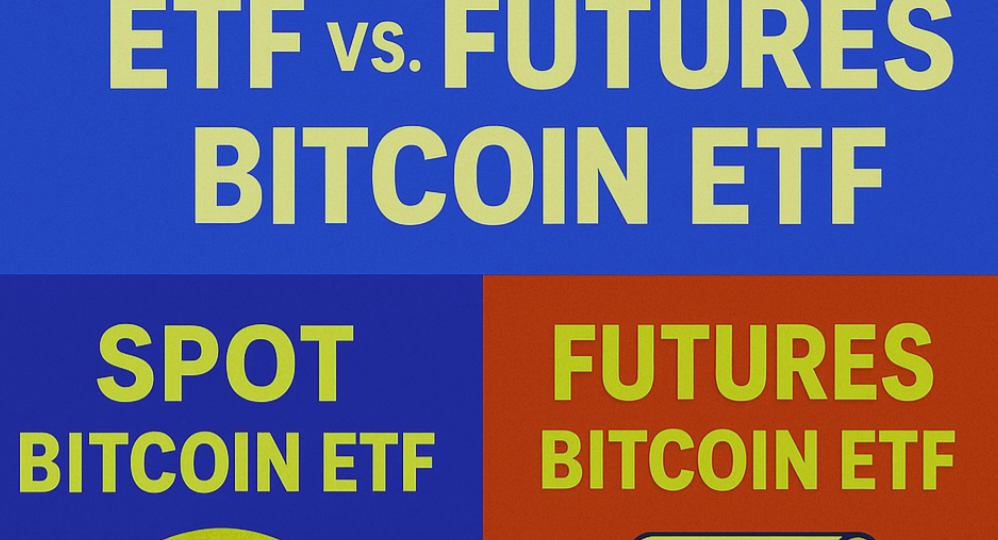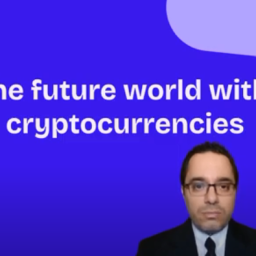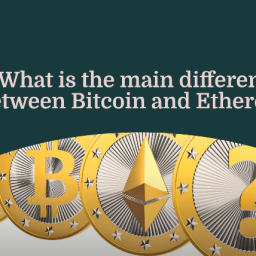
Spot Bitcoin ETF vs. Futures Bitcoin ETF: What’s the Difference and Why It Matters?
As institutional and retail interest in cryptocurrencies grows, ETFs (Exchange-Traded Funds) have emerged as a popular investment vehicle for gaining exposure to digital assets. Two common types of Bitcoin ETFs have captured the spotlight: Spot ETFs and Futures ETFs. But what’s the difference, and why does it matter?
- What Is a Bitcoin Spot ETF?
A Spot ETF holds actual Bitcoin as the underlying asset. When you invest in a Spot Bitcoin ETF, the fund physically buys and holds Bitcoin on behalf of investors. The price of the ETF reflects the real-time market price of Bitcoin in the spot market.
✅ Key Features:
- Backed by real Bitcoin held in custody
- Closely tracks the spot price of BTC
- Designed for long-term exposure with fewer pricing discrepancies
- What Is a Bitcoin Futures ETF?
A Futures ETF, on the other hand, does not hold actual Bitcoin. Instead, it invests in Bitcoin futures contracts — agreements to buy or sell Bitcoin at a future date at a predetermined price. These contracts are traded on regulated exchanges like the CME (Chicago Mercantile Exchange).
✅Key Features:
- Backed by derivatives, not physical Bitcoin
- Subject to contango and backwardation, which can affect returns
- Often requires active management to roll over contracts
- Why the Difference Matters
Understanding the difference is crucial for investors:
- Transparency: Spot ETFs offer a more direct and transparent exposure to Bitcoin.
- Performance: Spot ETFs tend to perform more closely with BTC’s price over the long term, while futures ETFs may underperform due to costs like contango.
- Accessibility: Both ETFs are easier to access than buying crypto directly, but Spot ETFs may appeal more to long-term holders.
- The Bigger Picture: A Turning Point for Crypto
The recent approval of Spot Bitcoin ETFs by regulators like the U.S. SEC is a landmark moment. It shows growing acceptance of Bitcoin as a mainstream asset and opens the door for billions in institutional capital to flow into the crypto market.
Conclusion
While both Spot and Futures Bitcoin ETFs offer exposure to the world’s largest cryptocurrency, they function very differently under the hood. For investors looking for long-term, efficient, and cost-effective exposure, Spot ETFs may be the preferred option. Understanding these differences helps navigate the evolving crypto investment landscape with more confidence.








